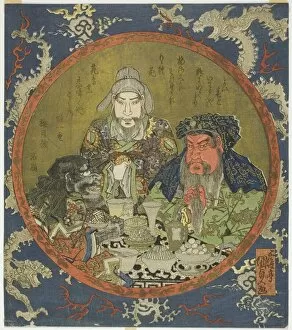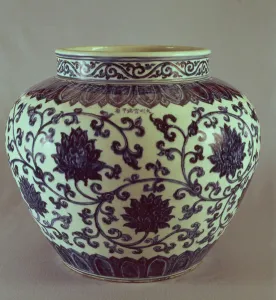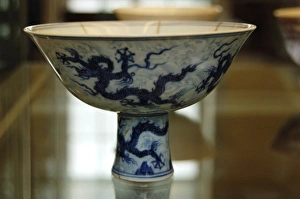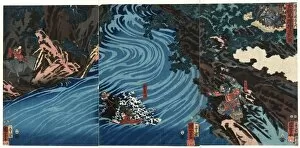Xuande Collection
Xuande: A Glimpse into the Majestic Ming Dynasty Step back in time to the Xuande period of the Ming dynasty, a golden era in Chinese history
All Professionally Made to Order for Quick Shipping
Xuande: A Glimpse into the Majestic Ming Dynasty Step back in time to the Xuande period of the Ming dynasty, a golden era in Chinese history. Named after Emperor Xuande, this period from 1426-35 A. D. Was marked by cultural prosperity and artistic brilliance. One exquisite artifact that captures the essence of this era is a Cloisonne Jar. Crafted with meticulous attention to detail, it showcases the intricate enamelwork technique perfected during this time. Influenced by historical figures like Liu Bei, Guan Yu, and Zhang Fei, artists like Utagawa Kunisada immortalized their heroic deeds through stunning woodblock prints. One such masterpiece titled "No. 1: Liu Bei" transports us to ancient battlefields where honor and loyalty prevailed. The elegance of porcelain reached its zenith under Xuande's reign. The Moonflask Bianping Xuande stands as a testament to this craftsmanship with its delicate beauty and timeless appeal. For those enchanted by lacquerware artistry, a red lacquer box adorned with peonies offers an enchanting glimpse into daily life during this period. Its vibrant colors bring joy while symbolizing prosperity and good fortune. Another treasure from this era is a large blue and white Ming vase bearing the Hsuan Te mark - an emblem of imperial quality control during Xuande's rule. This majestic piece exudes grandeur and sophistication fit for royal palaces. Edward F Strange's painting "Hsuan Te Stem-Cup" further immerses us in the opulence of courtly life during these years – an extraordinary blend of European influence on traditional Chinese art forms. Even amidst political affairs, Emperor Xuande found solace in leisure activities like chuiwan (a precursor to golf). Depicted playing chuiwan himself, he reminds us that even great rulers need moments of respite. Underglaze blue cups, another remarkable creation of this period, showcase the mastery of Ming artisans.
















